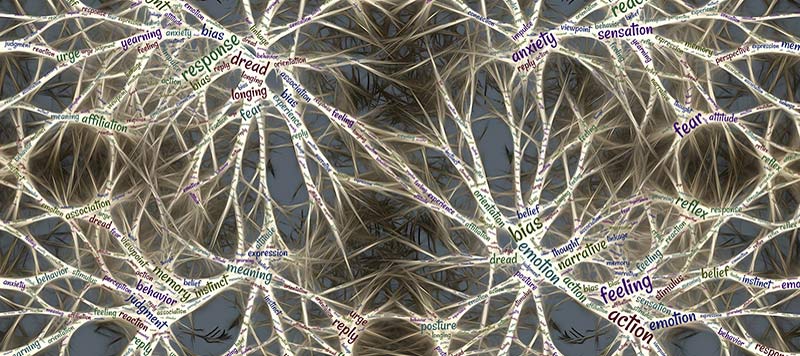Your Subconscious mind and The Polyvagal Theory.
Dr Steven Porges a professor in the Department of Psychiatry at the University of North Carolina at Chapel Hill, proposed his Polyvagal theory in 1992. He discovered the relationship between our Vagas nerve and our behaviours and defence patterns. Our autonomic nervous system is all about safety. Polyvagal Theory offers precise science to understanding how the vagus nerve, one part of this system, which connects the brain, to the heart, to the organs of the belly, relates to our ability to connect and communicate with each other. Learning about the vagus nerve allows us to understand our human nervous system and how it unavoidably reacts to stimuli it encounters as varying degrees of safety and danger.
The way you react to the world and to the people around you is driven by subconscious aspects of your brain and body. The vagus nerve has two branches but includes three distinct circuits that characterise the ways in which organisms can respond to their environment. The most recent development in the vagal nerve occurred in mammals.
The vagal circuits activate in a hierarchical manner, from newest to oldest. Each circuit can override the others. The newest circuit, which is unique to mammals, promotes social exchanges through a calming effect and the stimulation of speech and the facial muscles. The next older circuit is the traditional fight-or-flight response of the sympathetic nervous system. The oldest, which activates in extremely dangerous situations, can cause a person to freeze or faint.
The newer circuit is generally the first to activate. The result is a calming effect; slower heart rate and breathing, and fewer stress hormones. However, if we are in an environment that is not safe or perceived as not safe, one of the older vagal circuits will take over. All of these responses to the environment are hard-wired into us, even the social and emotional behaviours associated with the newest circuit. As a result of the unconscious nature of these responses, it is impossible to simply turn off a vagal circuit that your body has activated to fit the current circumstances.
If your life is threatened, your body will activate the fight or flight response. If you are facing death, you may even faint or shut down. You don’t need to be physically threatened for the older circuits to activate. Being in a socially awkward situation or long term stress, anxiety or depression can stimulate your body’s fight or flight response. These responses are unconscious, aspects of the polyvagal theory offer an approach for dealing with situations when the vagal circuits fire inappropriately. This involves using deliberate strategies to recreate the sense of a safe environment in order to activate the calming vagal circuit.
Because one circuit can override the other, once we are aware that the body has begun to react we can then activate the parasympathetic system(relaxation response) to calm the older vagal circuits. This is approximately a 2 second window!
Some Actions we can take to calm the subconscious mind and the unconscious reaction of our vagus nerve.
Body Awareness – Learning to become aware of the signal from our body: that it is automatically reacting to a situation that it perceives to be dangerous.
Deep Abdominal Breathing – By breathing from our belly’s we can calm the automatic nervous system, and stop the body going into the Fight or Flight or Freeze response.
Once you recognise where your reactions are coming from, you can work on changing the state of your body. Finding peace in your life so your neural circuits are not being triggered. Working with a good therapist we can work through the subconscious triggers and find ourselves released from the reactivity of the past.

